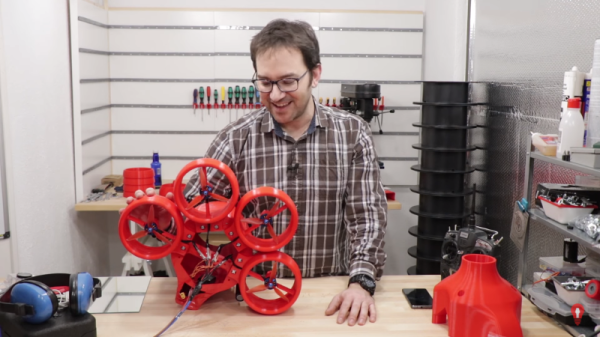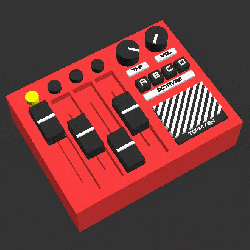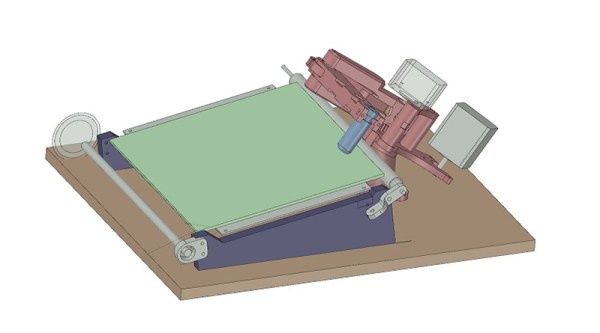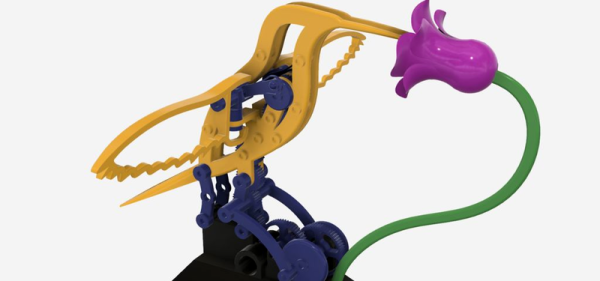Lithium batteries are ubiquitous, cheap, and incredibly powerful. Combine them with some brushless DC motors and you’ve got serious power in a compact package. [Ivan Miranda] decided to use this to his advantage, building the Handheld Self Propelling System #1.
Yes, we’ll come right out and say it – it’s a giant fan, and it blows. Or more accurately, it’s four moderately sized fans in one fetching wrist-mounted package. The one thing that seems completely absent from the video is an answer to the obvious question – why? Other than doing damage to the hearing of anyone nearby in an enclosed space, [Ivan] demonstrates its use with the help of a skateboard in the back end of the video.
It’s built with off-the-shelf RC parts and the body is 3D printed. This is the kind of print you want to get right first time – it takes several days to print and uses a significant amount of filament.
Overall, it’s a terrifying device that promises to do something awesome when finished. [Ivan]’s just finished the thrust test and we can’t wait to see what comes next.
If you’re looking for another way to propel yourself on a skateboard, well – there’s always the more conventional electric path.





















